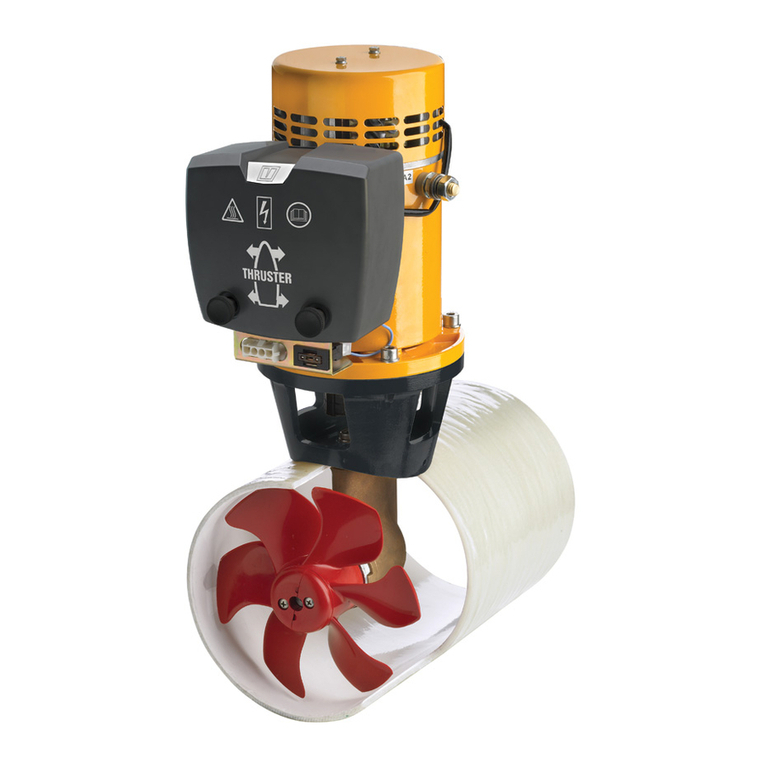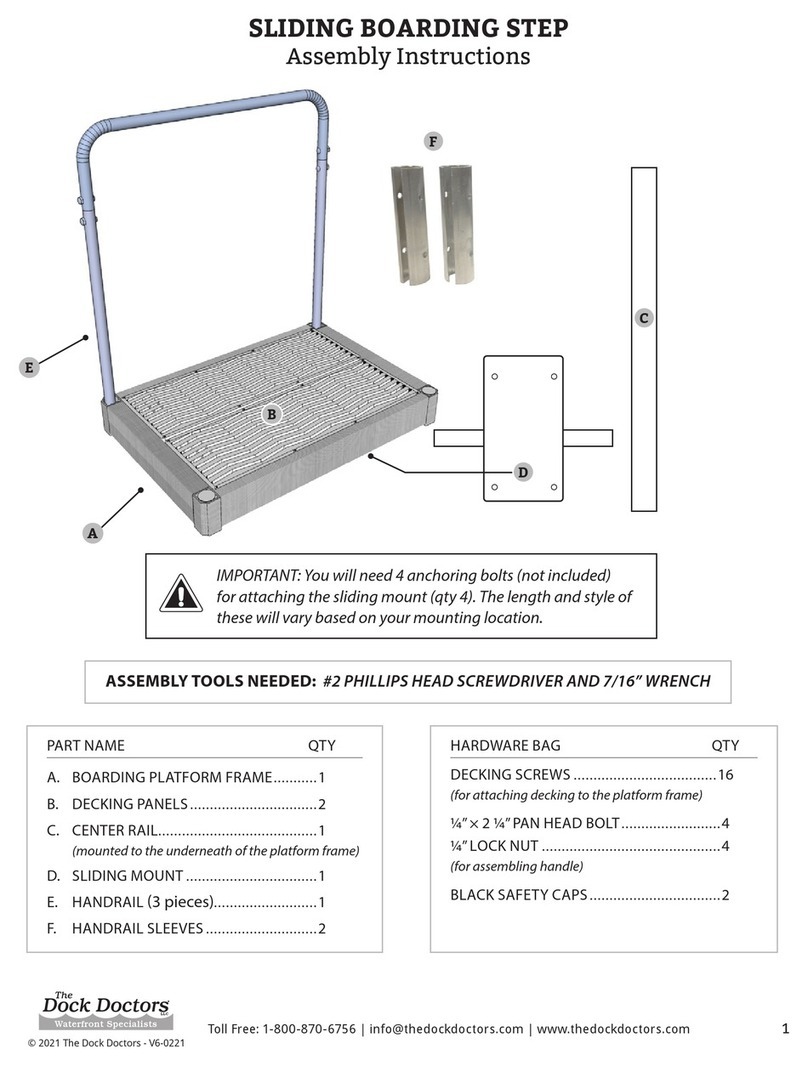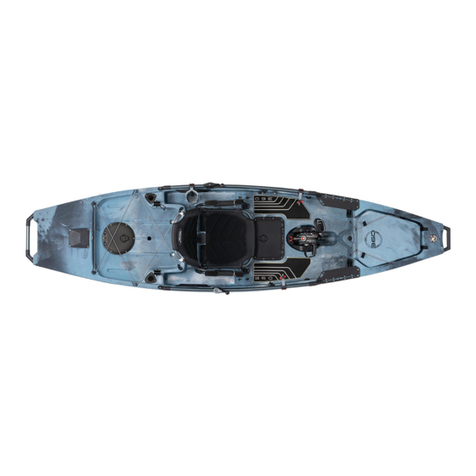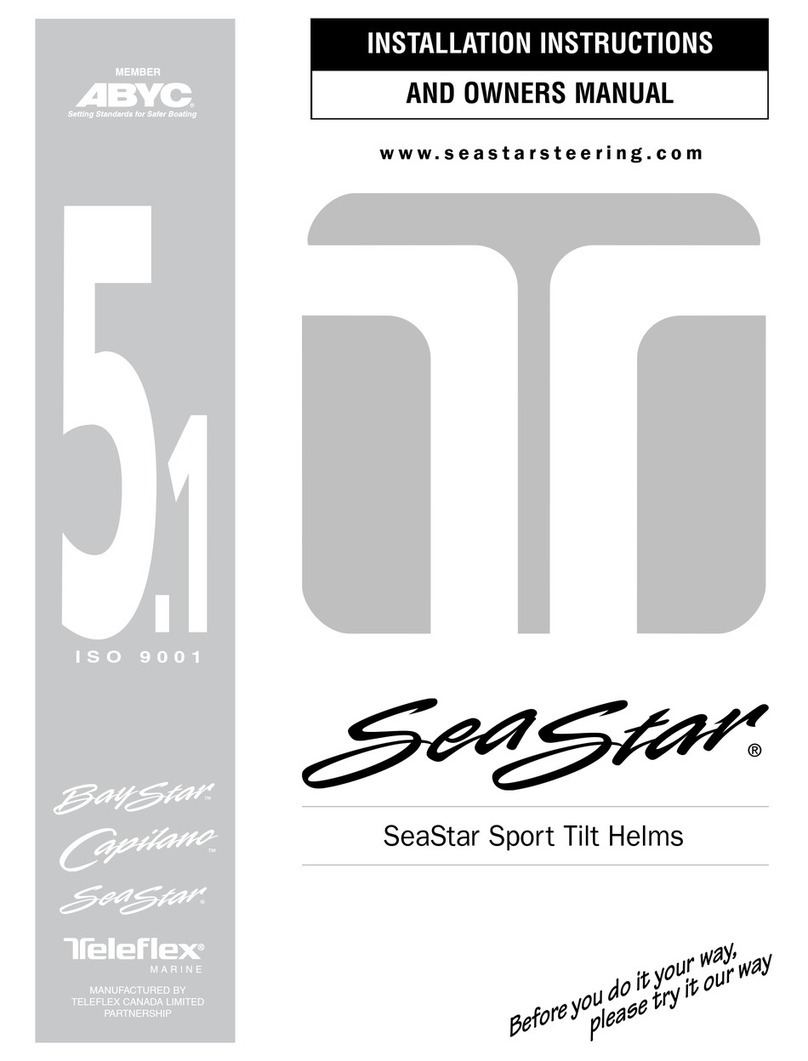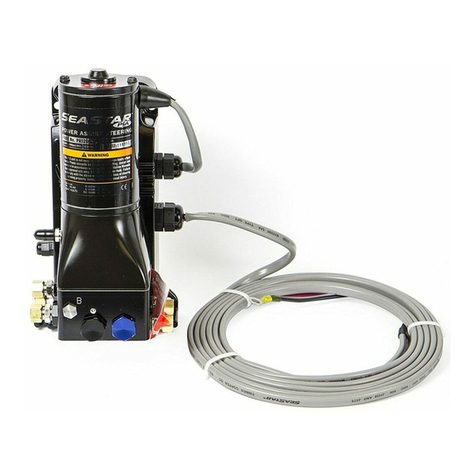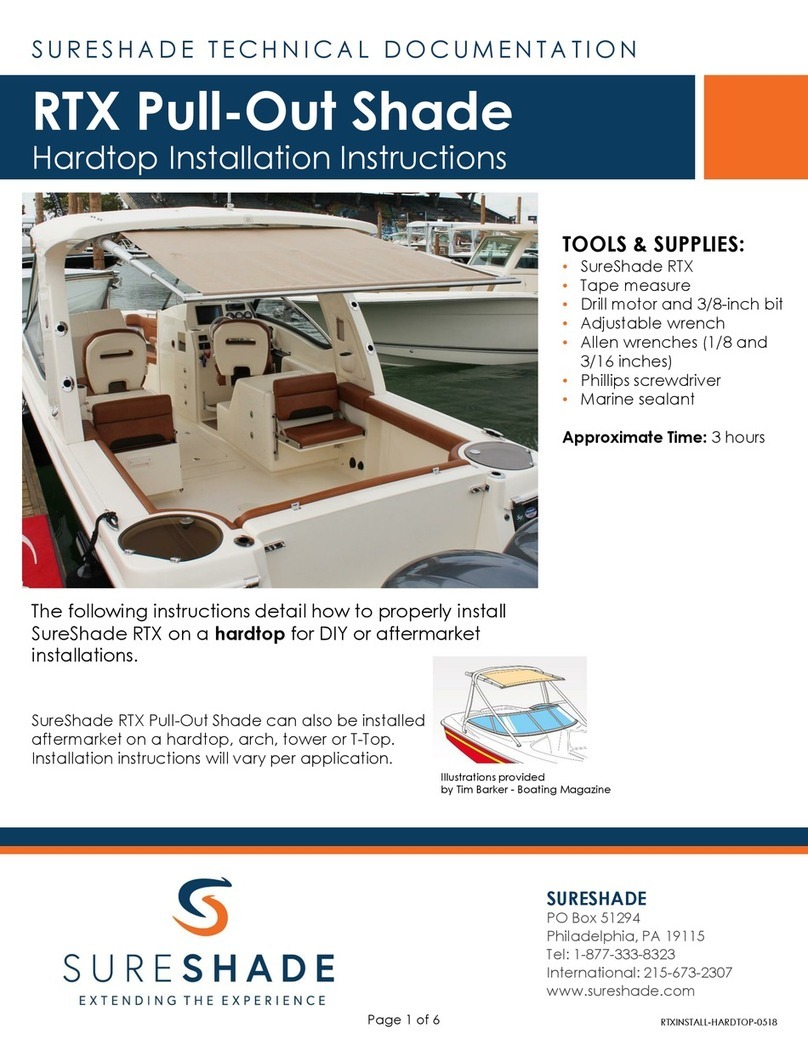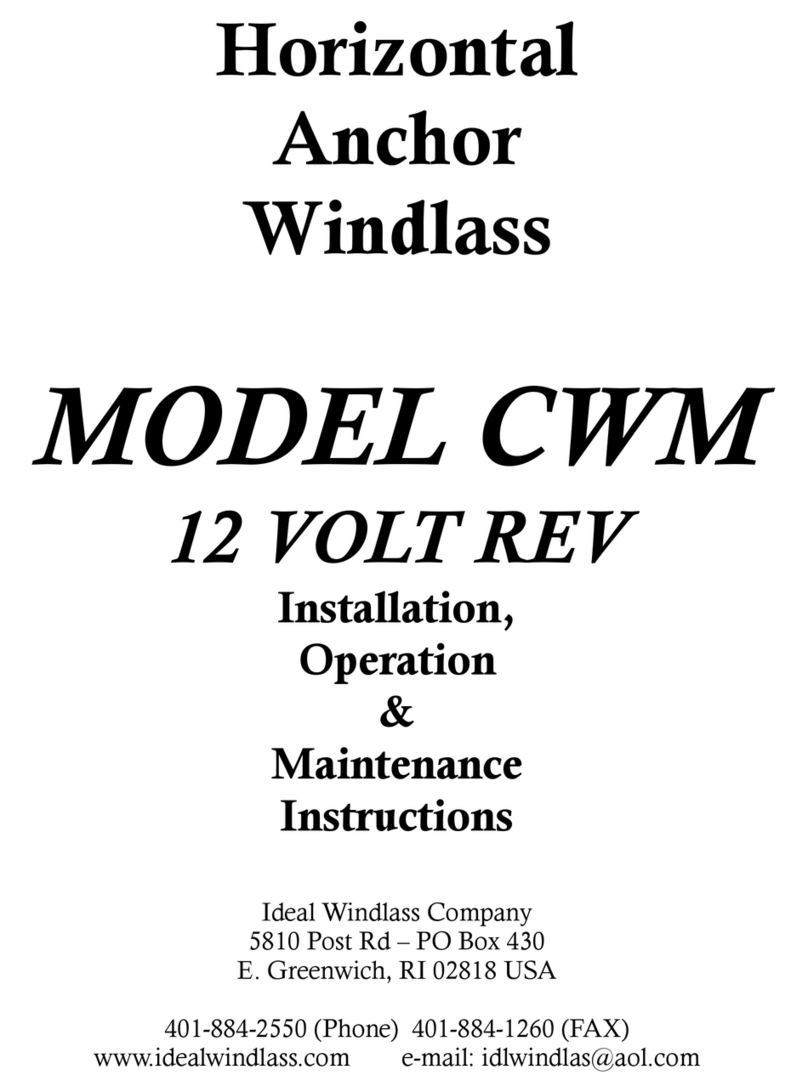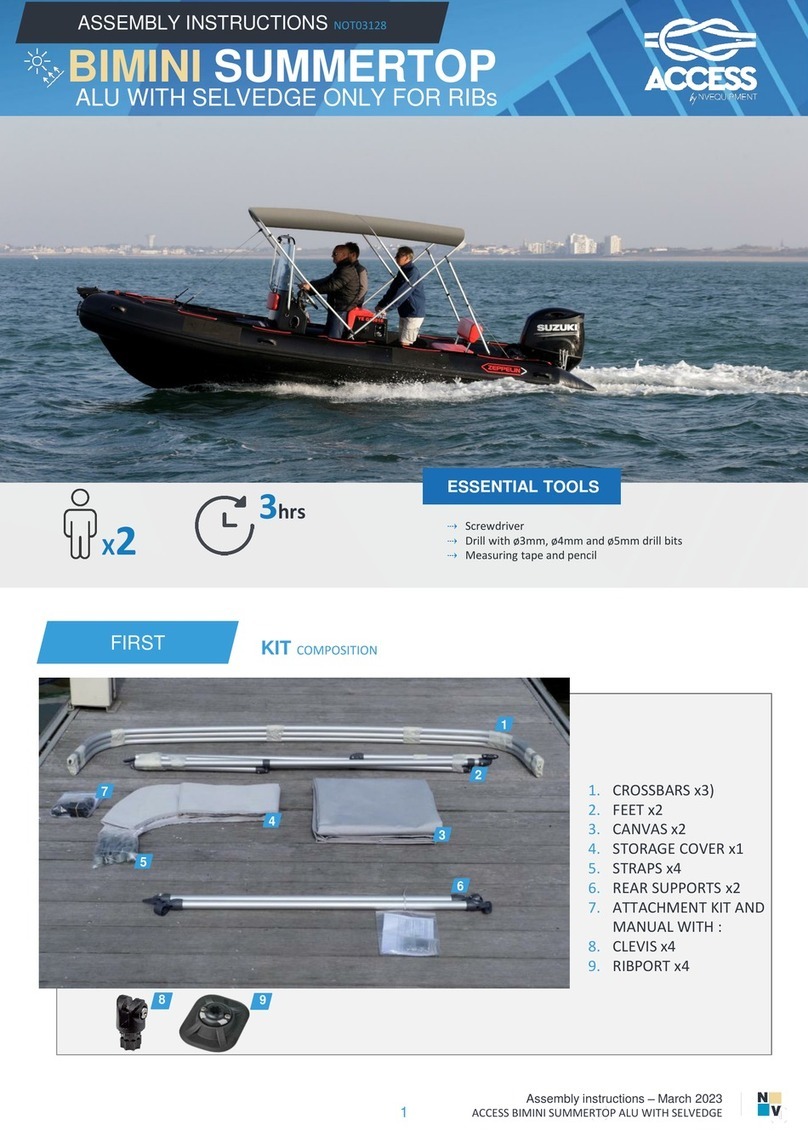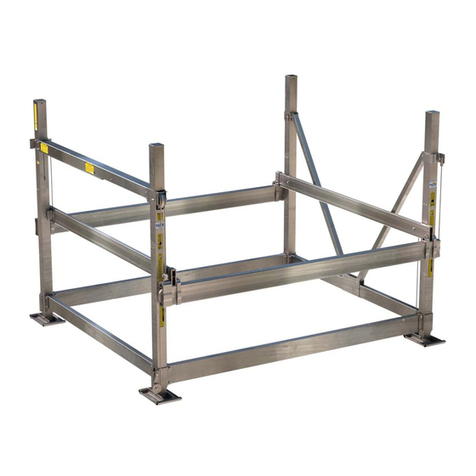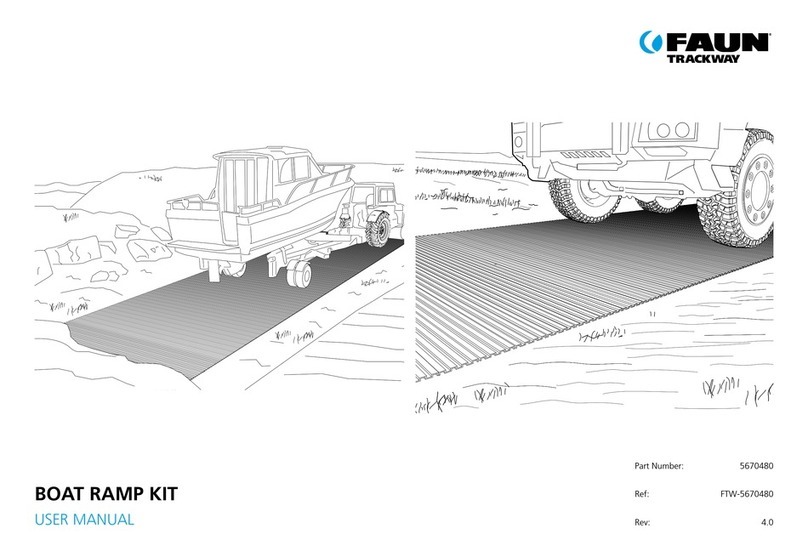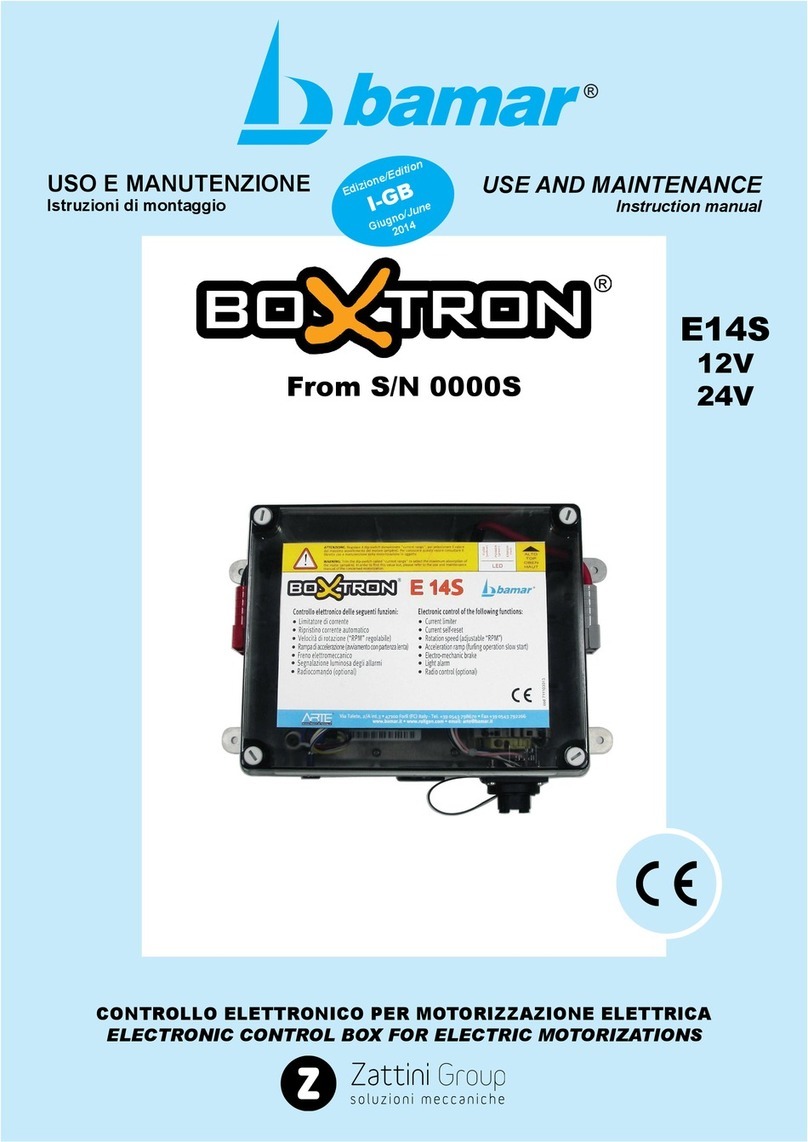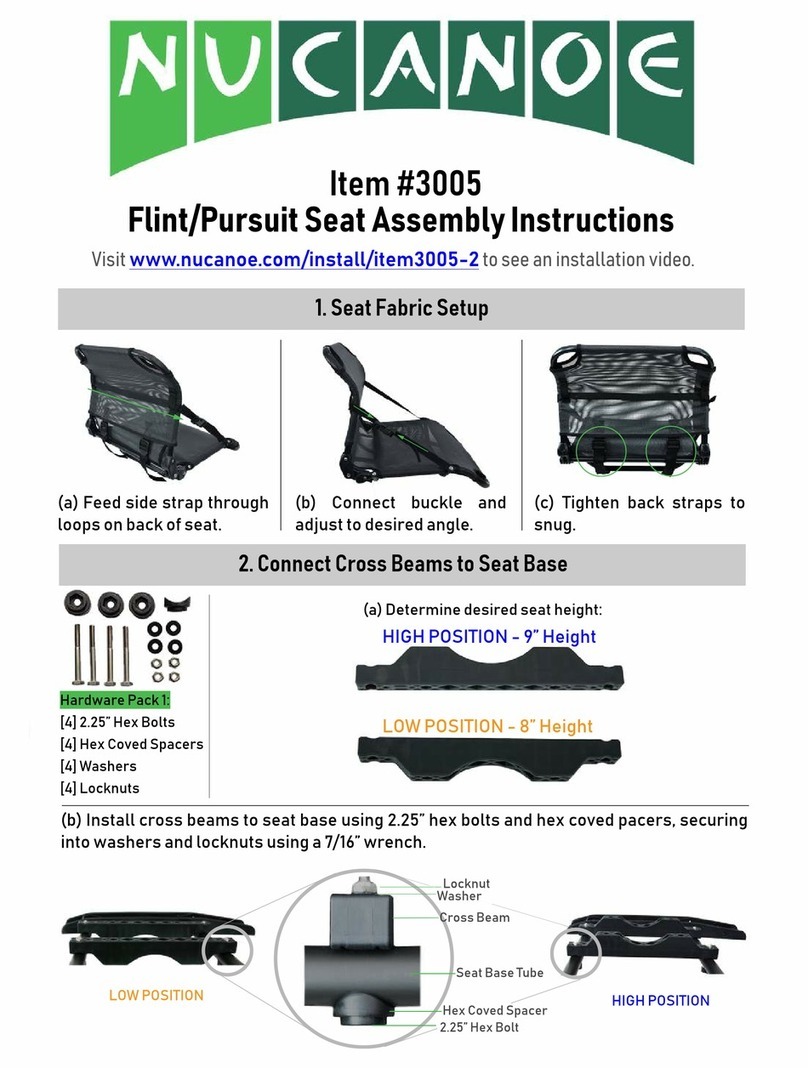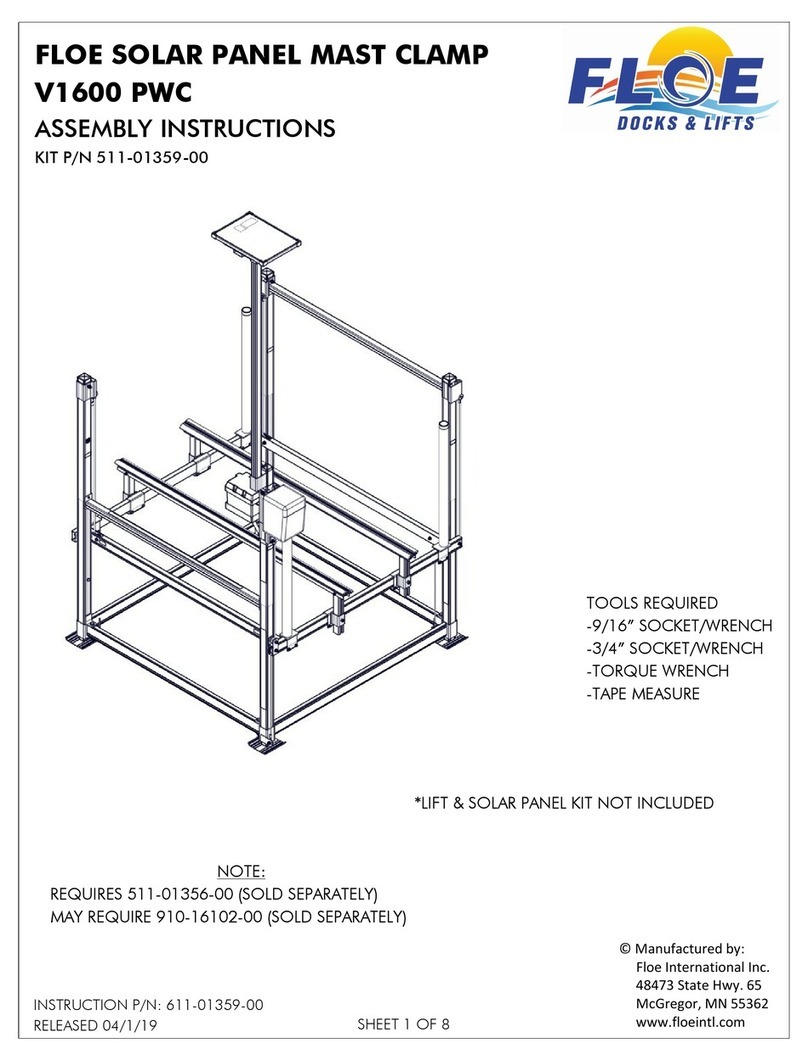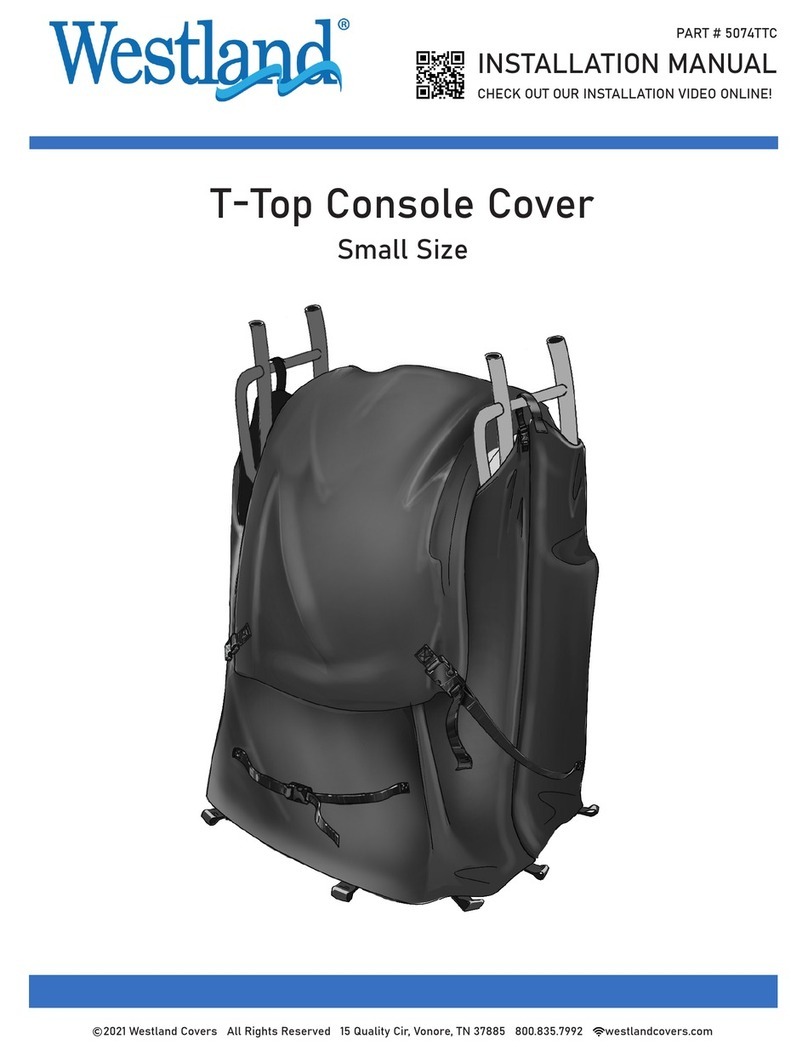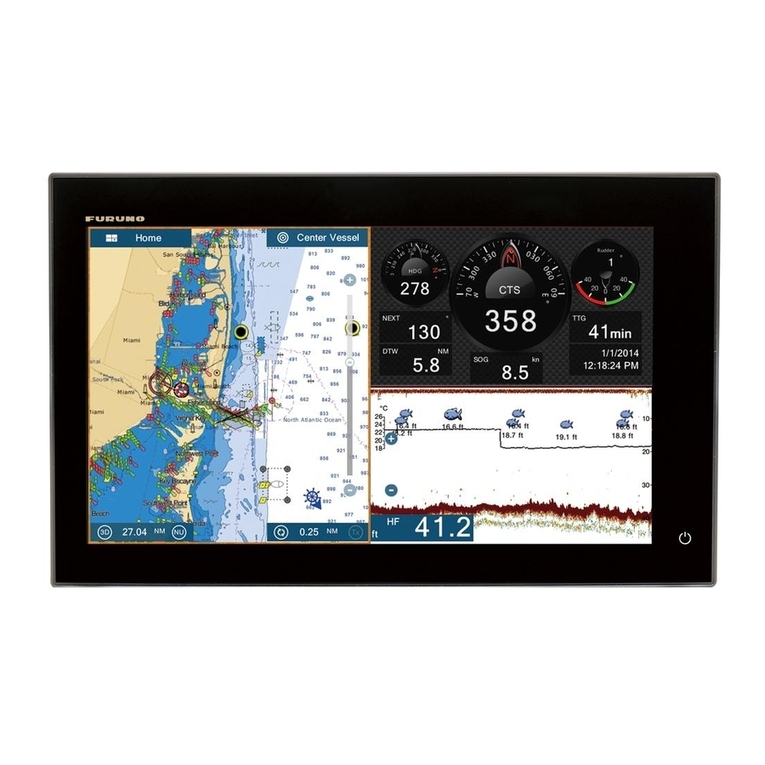
INDEX
1.0 Safety .................................................................................... 1-1
1.1 Safety Labels ................................................................... 1-3
2.0 System Overview..................................................................... 2-1
2.1 System Description........................................................... 2-1
2.2 System Overview Diagram ................................................. 2-2
3.0 Installation ............................................................................. 3-1
3.1 Important Information/Technical Support Contact ............... 3-1
3.2 Installing the Control Head ................................................ 3-1
3.2.1 Control Head Trim Switch Connection ........................ 3-1
3.3 Installing the Actuators .................................................... 3-3
3.3.1 Location, Identification & Mounting .......................... 3-3
3.3.2 Start-In-Gear Protection .......................................... 3-3
3.3.3 Actuator Power Connections .................................... 3-4
3.3.4 Actuator Ignition Connections .................................. 3-4
3.3.5 Shift Actuator Electrical Connections........................ 3-5
3.3.6 Throttle Actuator Electrical Connections.................... 3-6
3.4 CAN2 Harness Connections............................................... 3-7
3.5 Engine RPM Source ........................................................ 3-10
3.5.1 NMEA Gateway Connection..................................... 3-10
4.0 System Setup ......................................................................... 4-1
4.1 Initial Setup...................................................................... 4-1
4.2 Actuator Setup ................................................................ 4-4
4.2.1 Step 1 – Actuator Configuration Using the
CANtrak Display...................................................... 4-4
4.2.2 Step 2 – Cable Installation and Adjustment ............... 4-7
4.2.2.1 Shift Cable Installation................................ 4-8
4.2.2.2 Throttle Cable Installation............................ 4-9
4.2.3 Final Setup and Actuator Adjustment....................... 4-10
4.3 Control Head Setup ........................................................ 4-13
5.0 Sea Trial .............................................................................. 5-1
5.1 Shift Performance............................................................. 5-1
5.2 Throttle Performance ........................................................ 5-1
5.3 Control Head Adjustments................................................. 5-1
5.4 Conclusion of Sea Trial...................................................... 5-2
6.0 System Faults & Hazards......................................................... 6-1
6.1 Hazard Definitions ............................................................ 6-1
6.1.1 Danger ................................................................... 6-1
6.1.2 Warning .................................................................. 6-1
7.0 Warranty .............................................................................. 7-1
7.1 Statement of Limited Warranty ........................................... 7-1
iii
© 2013 SeaStar Solutions i6800 Installation Supplement, Rev. C

